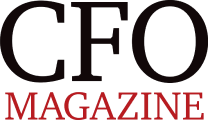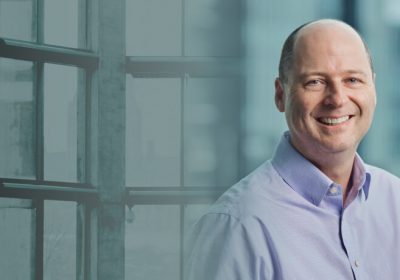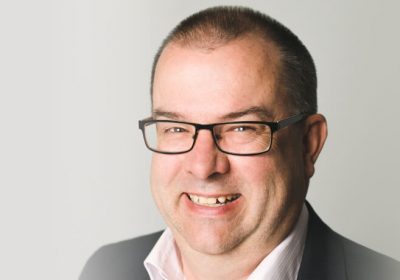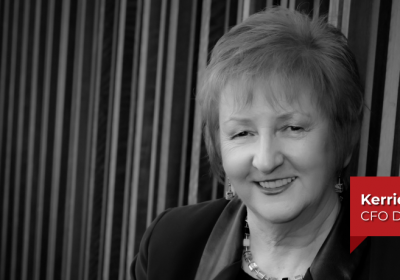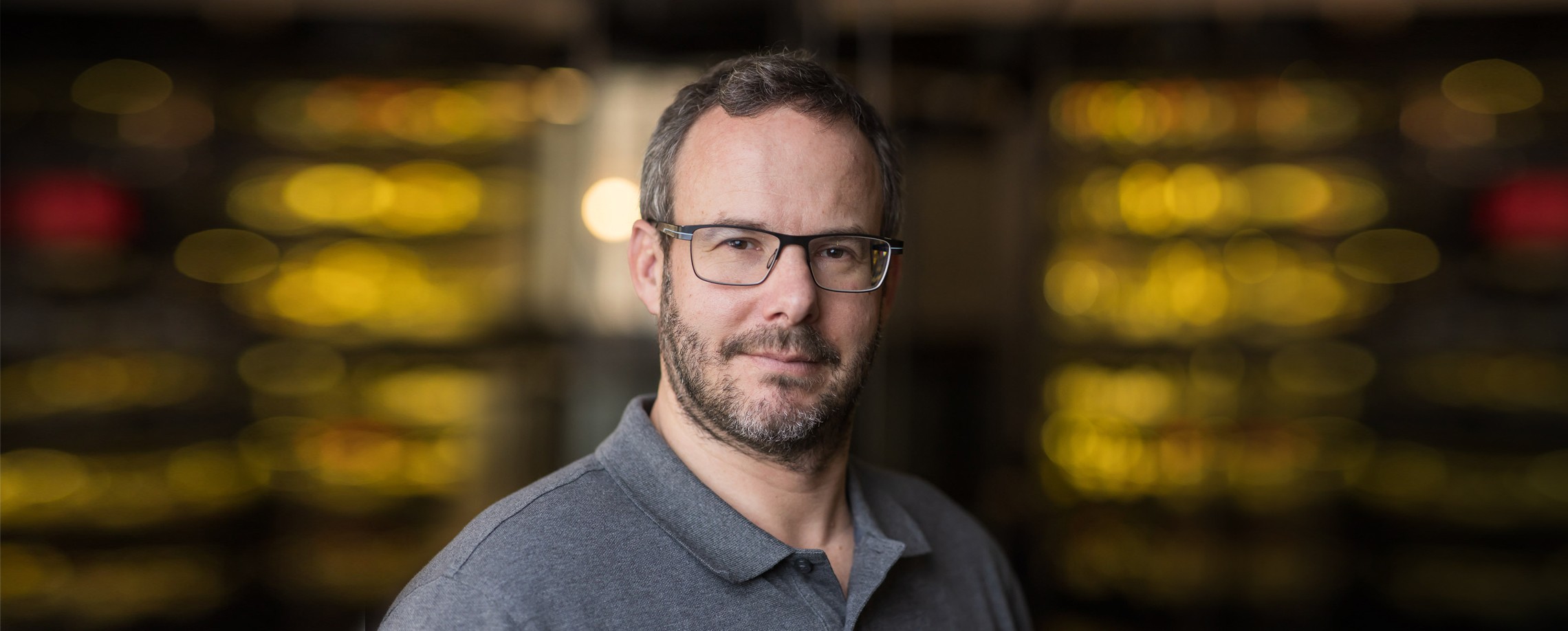
- Author: Bronwyn Wilkie
- Posted: March 11, 2025
The CFO Playbook Behind Employment Hero’s Meteoric Rise
Forget the stiff and conservative CFO stereotype. Rob Paterson is a risk-taking straight-shooter. He’s down-to-earth. He’s downright approachable.
“There’s definitely no airs and graces with me,” he says. “I’m always up for a chat and a laugh, and I like meeting people across the business because I can learn what they’re doing and what’s going on operationally.
“I’m pretty easy going, I’m humble, and I’m thankful for where I’ve got to,” he adds. “I’ve worked hard, but I know I’ve been lucky as well, and I never take that for granted.”
So much for his human side. But what’s he like—more specifically and technically—as a CFO in action?
“Oh god, you’re asking someone who’s just said that I’m humble!” he groans, before going on to describe himself as “pragmatic, operational, and very, very commercial”.
“I’m not a ‘CF-No’,” he says. “I actually say ‘yes’… not all the time, but a lot more than I say ‘no’. I normally ask ‘why?’, and make sure people are really thinking about the decisions they’re making and the potential impacts, but I’ll give everything consideration.
“We are in a high-growth business that can be risky at times—and I take risks, constantly. We wouldn’t have got to where we’ve got to without taking risks.”
Where Employment Hero has “got to” is, of course, a meteoric rise from start-up to $2 billion powerhouse. And for the past 10 years, Paterson has been the one helping steer the company through multiple capital raises and key acquisitions.
So, what’s his CFO playbook for scaling fast without sacrifice culture or the startup spirit?
Balancing High Growth with Financial Discipline
Like any CFO in a high-growth tech company, Paterson is constantly balancing strategic investments and financial discipline.
“Since day one to even five minutes before this call, there’s always been that push-pull between growth and control,” he says. “We’ve had to invest pretty hard, while also making sure we’ve got a really strong handle on the financials, our cash flow, and our brand profile.
“In any SaaS subscription model, it’s about measuring what I describe as your traditional, vertical P&L, but also a horizontal P&L, where you’re looking at unit economics, the cost of a customer acquisition, and the yield that customer gives you over time. So, it’s keeping in check all of those things together, which is a lot of juggling.”
One of the defining moments in Employment Hero’s journey to profitability came in 2021–22 when the company acquired its payroll software solution, KeyPay. The move was a game-changer—not only boosting revenue and expanding their SMB customer base, but also improving their margin structure.
“That was quite a pivotal moment in the trajectory of the business because we were very reliant on that software, and we needed to find a way to embed it into our platform—so, we bought it,” Paterson says.
“That meant we no longer had to pay to use that service, which changed the dynamics of the pricing and our margins, setting us off for some really strong growth in ’22 and ’23, and allowing us to invest in new products and new markets.”
This is a key Paterson play: Every investment needs to have a purpose, and every dollar spent needs to work toward a tangible return.
“We’ve been very deliberate around milestones, and measuring performance, and being real about that performance,” he says. “And I know it sounds cliché, but we want to know that if we’re investing dollars in the business, we’re going to get some meaningful returns back—said every CFO ever. But, yeah, I walk the walk.”
Remote-First Work—A Strategic Edge
While many companies are pushing employees to return to the office, Employment Hero is holding firm on its remote-first model, and Paterson believes it’s one of their biggest competitive advantages.
“Remote-first isn’t for everyone, but it really works for us,” he says. “Having a remote-first model opens up the market to finding talent anywhere—especially talent that thrives in the flexible working environment that we deliver.”
Employee engagement and communication have also benefited from the remote-first approach.
“Surprisingly, it’s actually easier to communicate company strategy in a remote environment,” Paterson says. “We have over 1300 employees across multiple countries, and remote tools let people tune in asynchronously rather than miss out because they were stuck in a meeting, or not in the office that day.”
As for those concerned that employees might slack off outside the office? Paterson isn’t buying it.
“If someone’s going to slack off, they’ll do it whether they’re at home or in an office,” he says. “Remote-first is all about trust, accountability, delivery and output. And, at the end of the day, people like the freedom to start when they want to start and to work around their personal situations.”
Staying True to Their Startup Roots
Scaling a business from startup to double-unicorn status often comes with the risk of losing the hustle and culture that made it successful in the first place. Things can get very corporate, and by-the-book—and that can squeeze the heart and soul out of a company.
“Some businesses get big and lose their startup energy. We don’t want that,” Paterson says.
One of the ways Employment Hero keeps its startup DNA alive is by making people feel that their contributions are valued.
“Having a very strong culture of recognition is something I’ve learned from Ben [Thompson, CEO], and it’s really important for me in how I manage our team,” Paterson says. “I make sure I’m giving them good feedback all the time, and that I’m always thanking them, even for small things.
“It’s not BS—it’s genuine acknowledgement around performance and what they’re doing well. Because it’s very easy to get busy and forget stuff like that, but I think people respond to it well. I definitely respond to it well.”
What’s Next for Employment Hero?
After nearly a decade of scaling, Paterson still feels like the company is just getting started.
In the immediate future, he’s focused on international expansion—particularly in the UK and Canada. But he knows that, ultimately, their long-term success hinges on never losing sight of their core mission, which is simplifying employment for SMBs.
“Small businesses are traditionally underserved in the market, and we’re passionate about helping them manage employment better,” Paterson says.
“There’s so many small businesses to help—we’re only a fraction of the way through. So, I know there’s a lot more to come, and that’s what keeps me here and keeps me excited.”
Rob’s CFO Playbook > Key Takeaways
1. Growth and discipline must go hand-in-hand.
“Scaling fast is exciting, but if you don’t maintain financial discipline, things can go south very quickly. You’ve got to get the balance right.”
2. Use strong business units to fund new ventures.
“Not every part of the business needs to be profitable at once. But some parts should be—and they should help fund the rest.”
3. Bring in specialists when it counts.
“As we’ve scaled, transitioning the team from generalists to specialists, and making sure we put in dedicated expertise into the functions that sit within finance, has been really critical to our success.”

